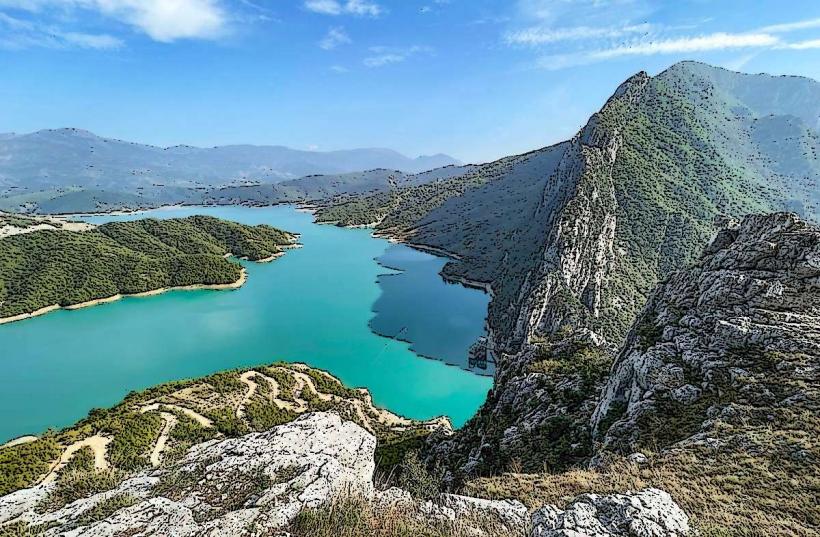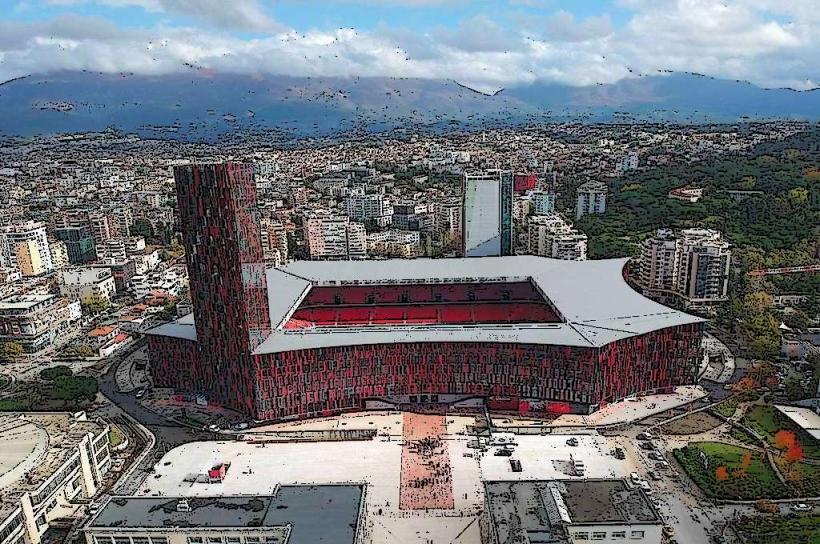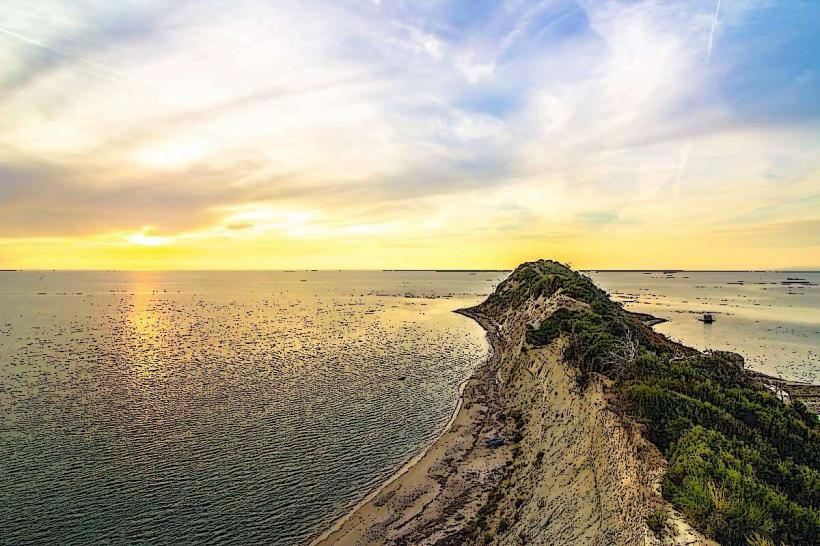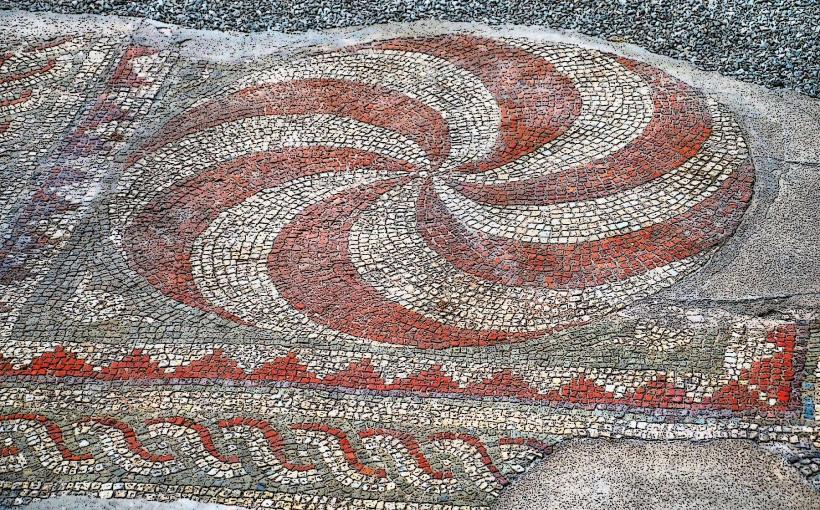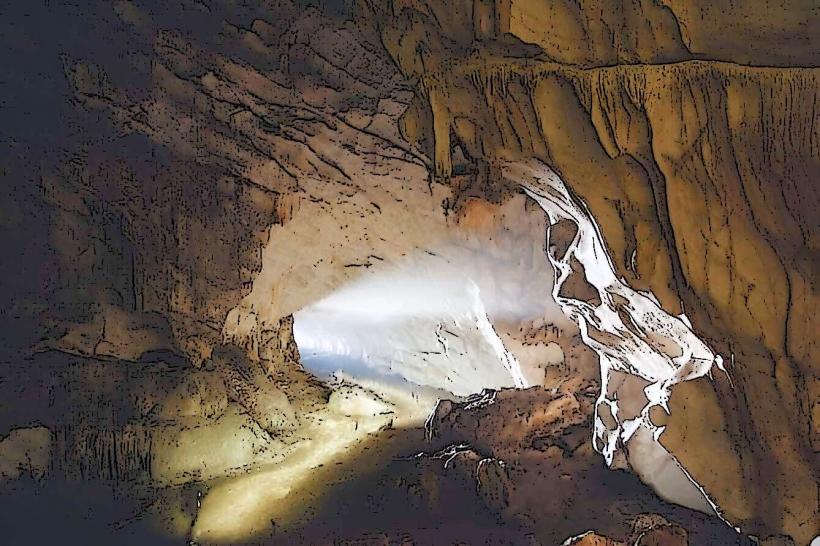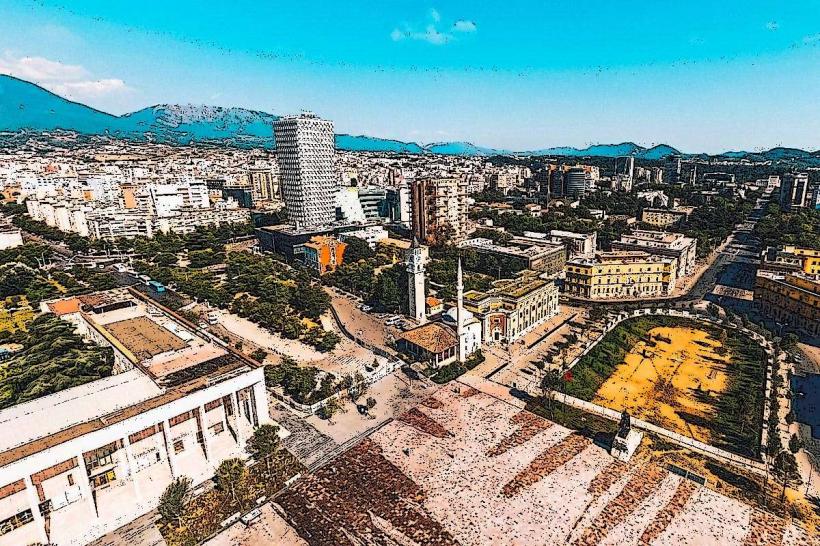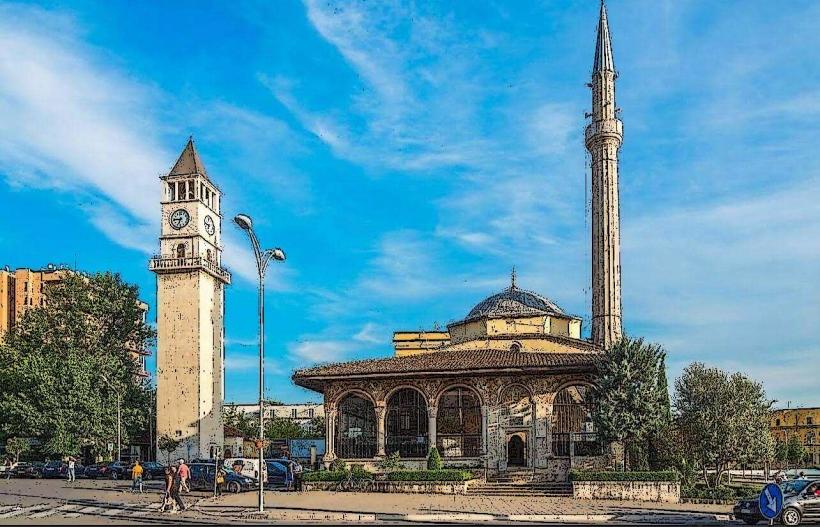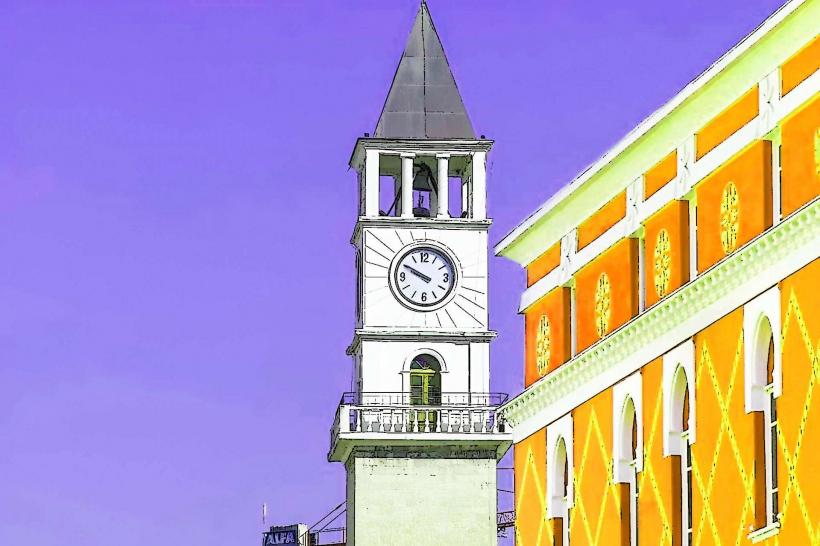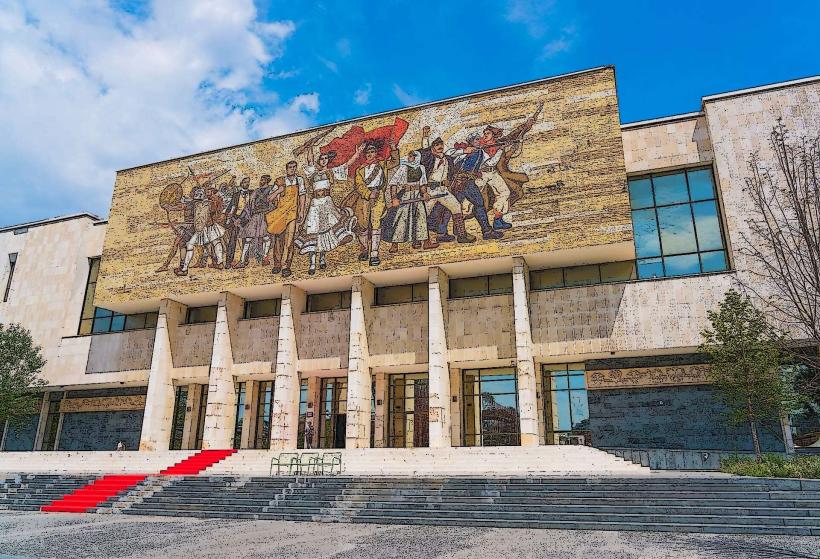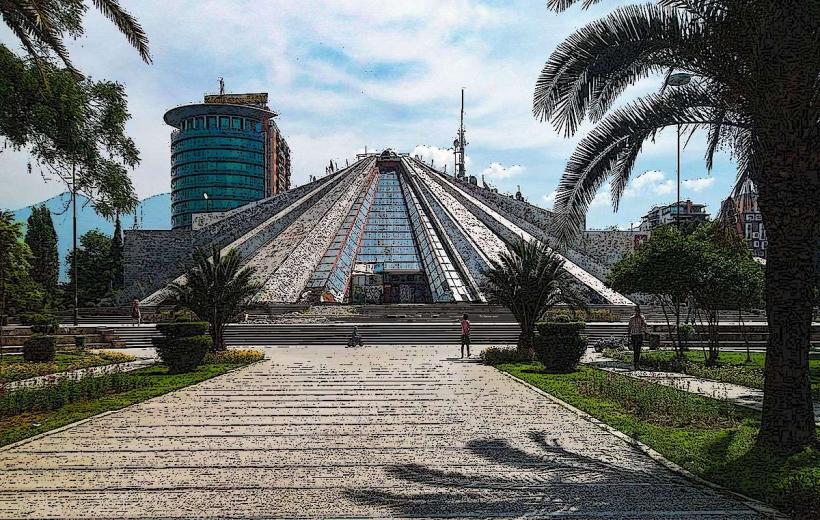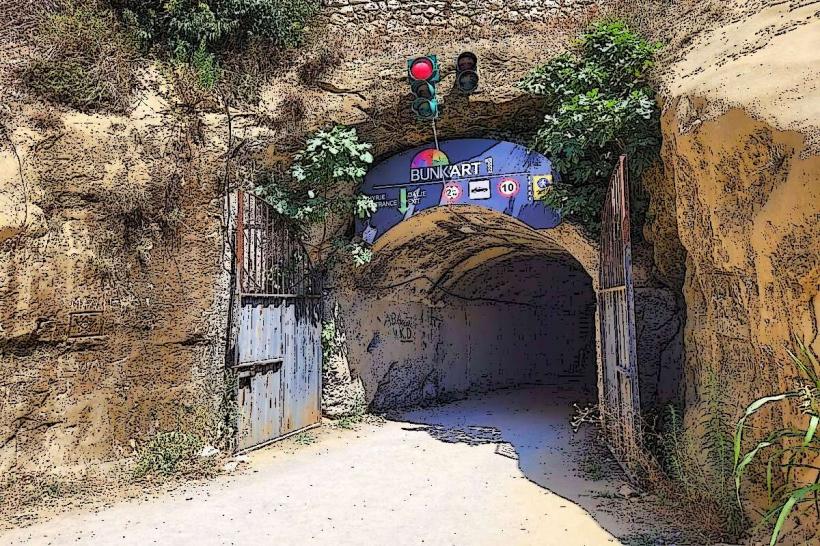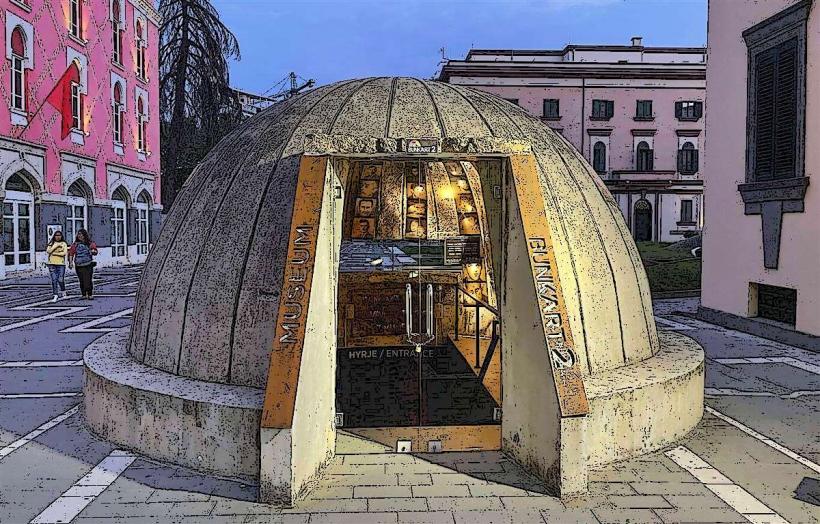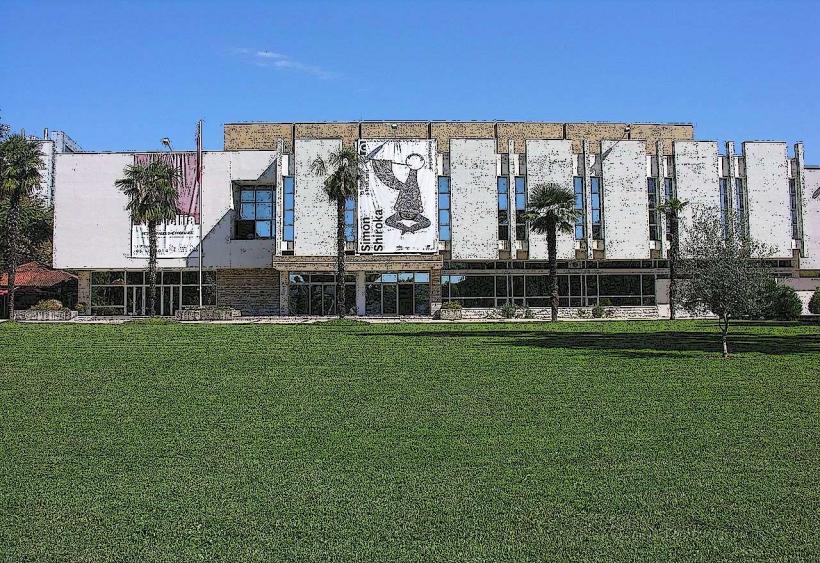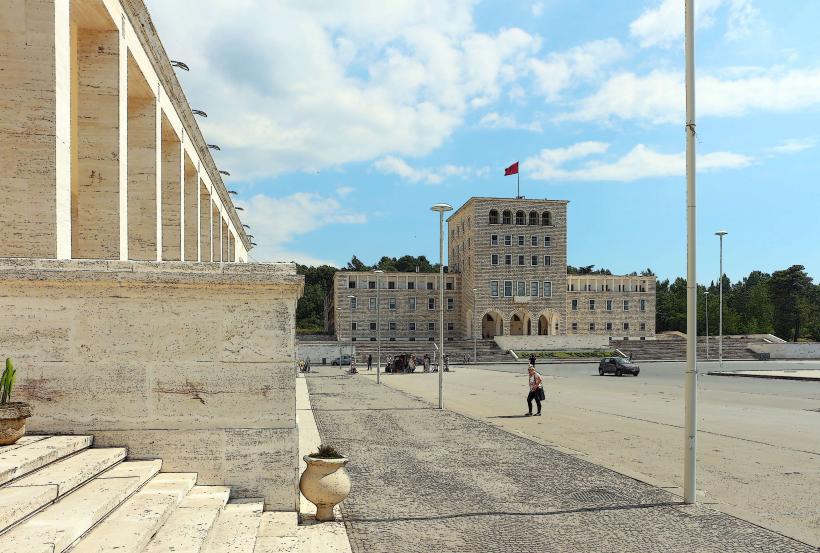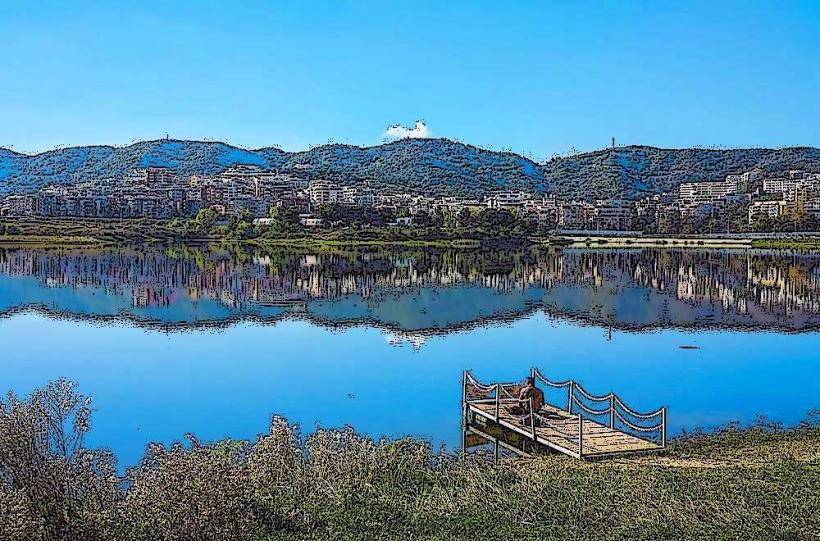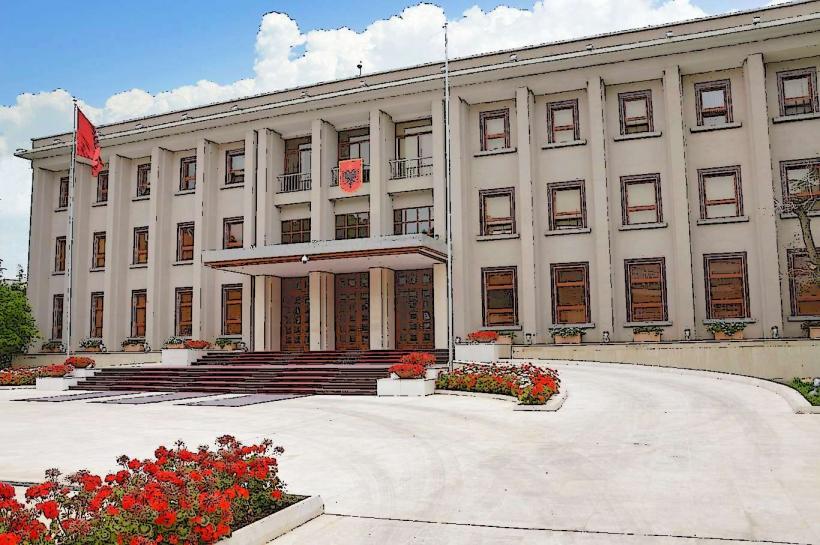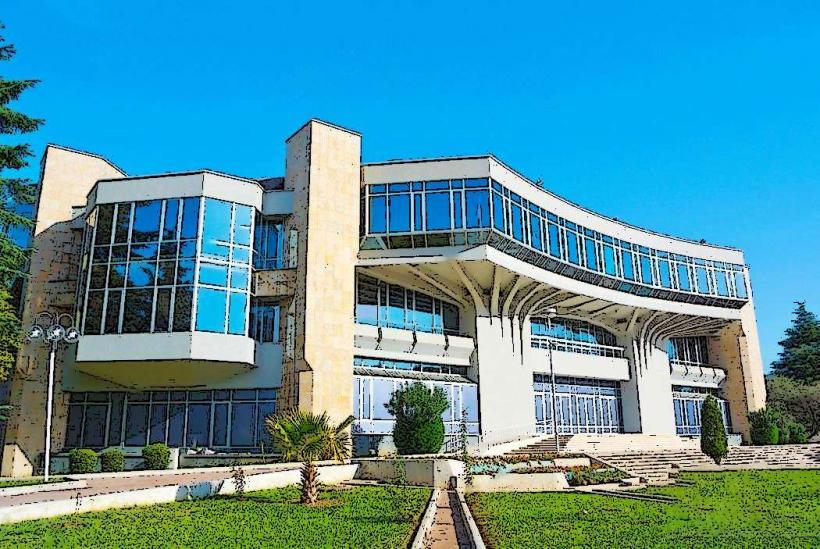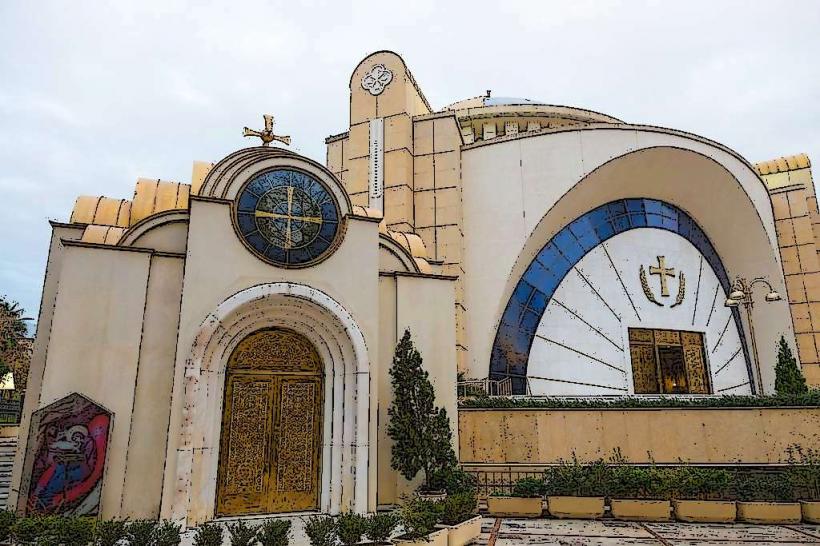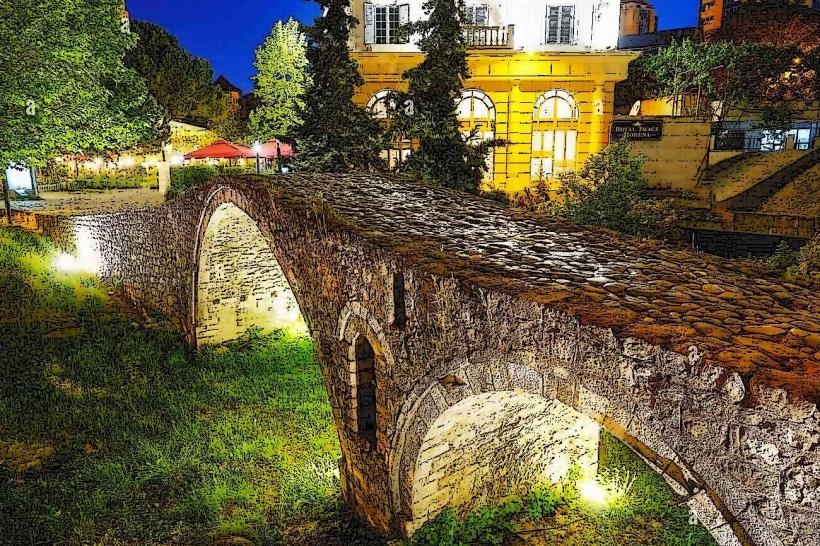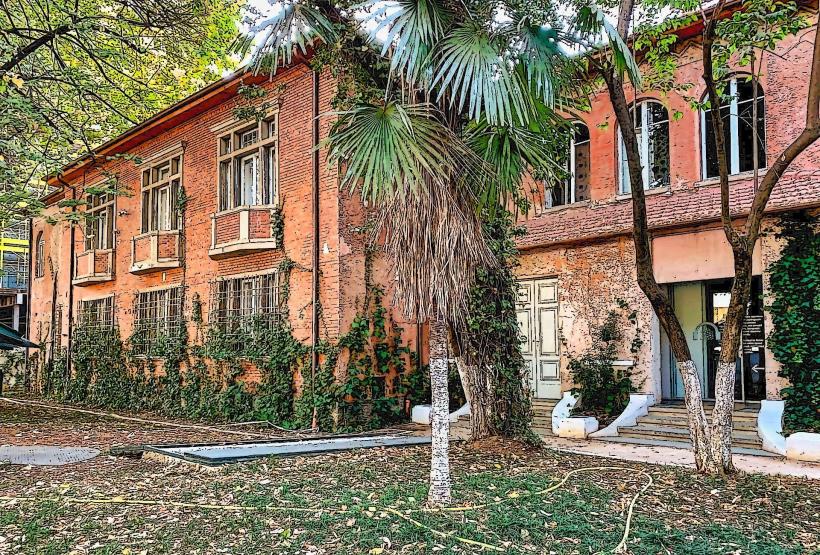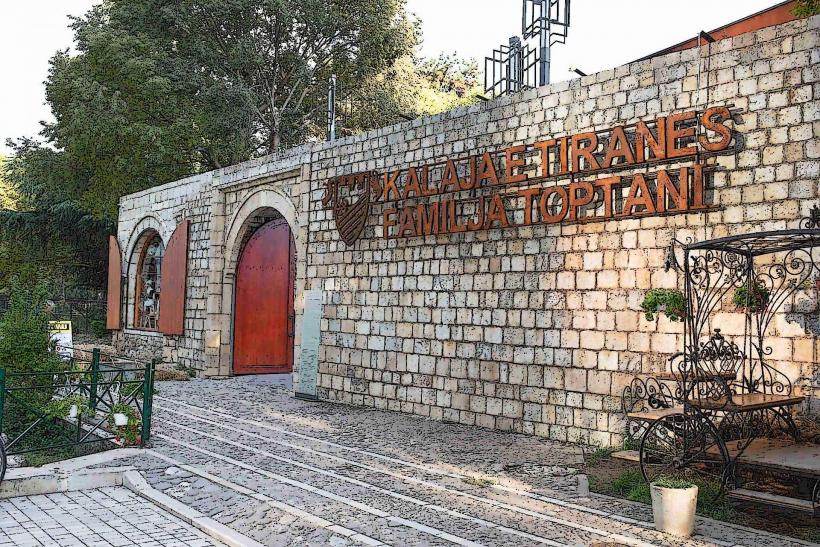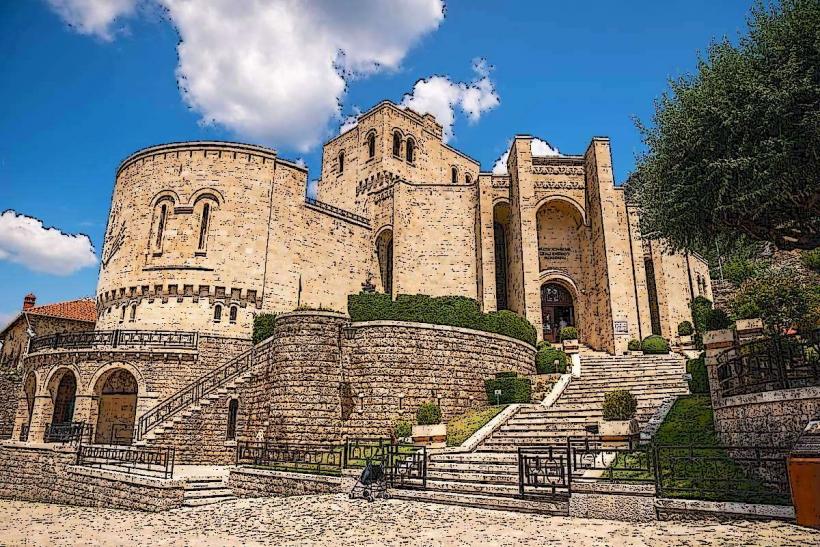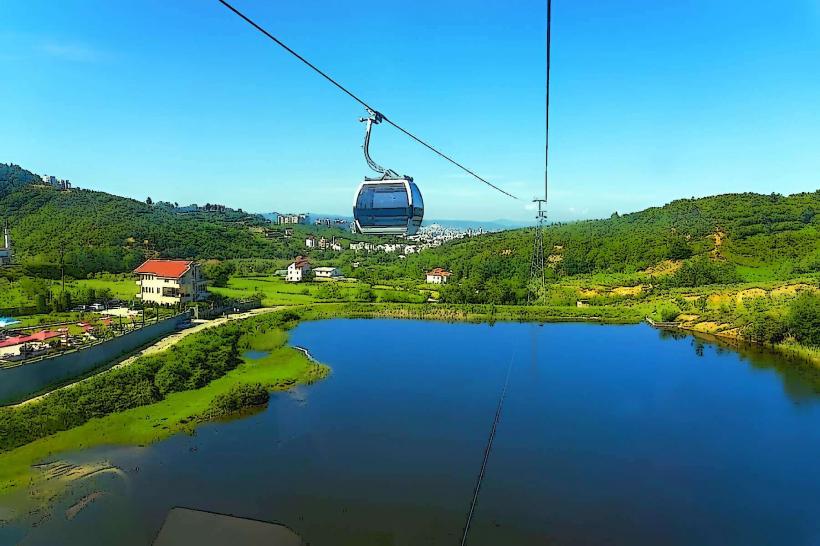Information
Landmark: National Theatre of Opera and BalletCity: Tirana
Country: Albania
Continent: Europe
The National Theatre of Opera and Ballet (Teatri Kombëtar i Operës dhe Baletit) is a significant cultural institution in Tirana, Albania, and one of the country’s most important venues for the performing arts. Located in the heart of the capital, the theater has played a central role in the development of Albanian opera, ballet, and theater arts. It holds cultural, historical, and architectural importance, both for its artistic contributions and as a symbol of Albania’s cultural identity.
1. Historical Background
The National Theatre of Opera and Ballet has a rich history that spans over half a century, reflecting the evolution of Albania’s cultural scene, particularly during the communist era and in the post-communist period.
Foundation: The National Theatre of Opera and Ballet was officially founded in 1953 under the communist regime of Enver Hoxha. Initially, it was called the Opera and Ballet Theater of the People’s Republic of Albania, reflecting the state’s commitment to promoting the arts as part of its broader cultural policies.
Early Years: In its early years, the theater focused on promoting national works and introducing Western operatic and ballet traditions to Albanian audiences. Initially, it presented a mix of Soviet-influenced and European classical works, often adapted to reflect Albanian themes or with ideological undertones that aligned with the state’s values at the time.
Development of Local Talent: Throughout the years, the National Theatre of Opera and Ballet was instrumental in developing local talent in the fields of opera singing, ballet dancing, and orchestral performance. It provided a platform for young Albanian artists and musicians to receive professional training and to perform on a national stage. Many famous Albanian opera singers, musicians, and dancers began their careers here.
2. Architecture and Design
The architecture of the National Theatre of Opera and Ballet is a blend of modernist and Soviet-era monumentalism, reflecting the aesthetic choices of the time in which it was built. The building is designed to be imposing and functional, with a focus on large-scale spaces suitable for operatic performances and ballet.
Exterior Design: The building’s exterior is marked by a grand entrance with pillars and a large façade, characteristic of socialist-era architecture. The building’s architecture is designed to symbolize the prestige of the institution and to reflect its status as the premier venue for national culture.
Interior Design: The interior of the theater features a large auditorium with a proscenium arch and an orchestra pit. The seating area is typically designed to accommodate a large audience, with balconies and boxes offering optimal views of the stage. The acoustics of the auditorium are tailored to ensure the best sound quality for operatic performances, which is crucial for this type of venue.
Stage and Facilities: The stage of the National Theatre is spacious and equipped for both opera and ballet productions, allowing for complex stage setups and elaborate choreography. The backstage areas are designed to accommodate large sets, costumes, and the technical requirements of theatrical performances.
3. Cultural and Artistic Role
The National Theatre of Opera and Ballet plays a crucial role in Albania's cultural life. As a leading venue for performance, it is the primary institution for showcasing classical and contemporary works of opera and ballet, as well as other theatrical performances.
Opera: The theater hosts both classic European operas and original Albanian works, promoting the national operatic tradition and helping shape the country’s cultural identity through the art of opera. Many famous operatic composers and conductors have been associated with the theater over the years.
Ballet: The National Theatre of Opera and Ballet is also a hub for ballet in Albania. Its ballet troupe has performed both classic works, such as those by Tchaikovsky and Stravinsky, as well as modern choreographies that reflect Albanian culture and contemporary themes.
Theater Productions: In addition to opera and ballet, the National Theatre regularly hosts dramatic theater productions. These can range from Albanian plays to foreign works, with performances often featuring Albanian actors and directors, many of whom have earned national recognition.
4. Significant Contributions to Albanian Culture
National Identity and Pride: The National Theatre of Opera and Ballet has been instrumental in shaping Albanian national identity through its focus on Albanian themes and traditions in its performances. It has provided a platform for the country’s cultural heritage and fostered a sense of pride in the arts among Albanians.
Cultural Diplomacy: The theater has played a significant role in cultural diplomacy by inviting international artists and companies to perform and by sending Albanian performers abroad to showcase their talents. It has helped to establish Albania’s presence on the international cultural scene.
Cultural Education: The National Theatre is also a key institution in the education of future generations of performing artists. It is closely linked with the University of Arts in Tirana, where many of Albania’s top opera singers, dancers, and theater actors train before starting their professional careers.
5. Challenges and Controversies
While the National Theatre of Opera and Ballet has been a cornerstone of Albania’s cultural landscape, it has faced significant challenges in recent years.
Financial Struggles: Like many cultural institutions, the National Theatre has struggled with funding issues and budget cuts, particularly after the fall of communism when government support for the arts was reduced. This has often led to challenges in maintaining the theater’s infrastructure and ensuring high-quality performances.
Controversial Demolition Plans: One of the most controversial moments in the history of the National Theatre of Opera and Ballet came in 2018, when the Albanian government announced plans to demolish the existing building to make way for a new cultural complex. The announcement sparked widespread protests from artists, cultural figures, and the general public, who argued that the historic building should be preserved. The protests highlighted the tensions between modernization and the preservation of cultural heritage.
Resilience and Adaptation: Despite these challenges, the National Theatre of Opera and Ballet continues to adapt and evolve, ensuring that it remains at the forefront of Albania’s cultural life. The theater’s ability to innovate while honoring its rich history is central to its ongoing importance in Albanian society.
6. Conclusion
The National Theatre of Opera and Ballet stands as a pillar of Albanian cultural identity and continues to play a key role in the country’s artistic development. With its deep roots in the nation’s history, both under the communist regime and in the post-communist era, the theater has been a vital platform for the arts, offering world-class performances and nurturing local talent. Despite recent controversies and challenges, it remains one of the most important cultural institutions in Albania, contributing to both the preservation and development of Albanian performing arts.

